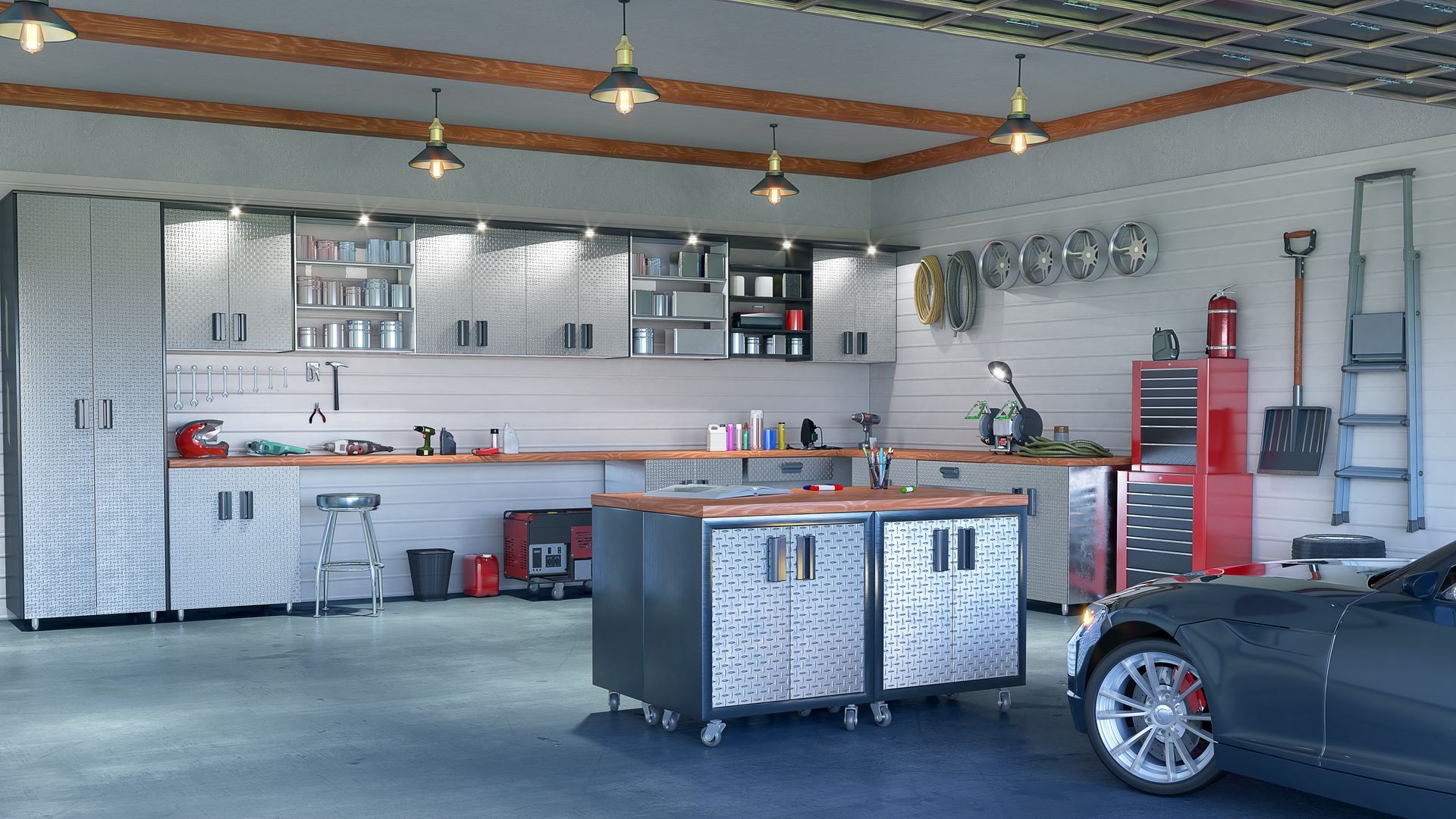HVAC Checklist for Winter Trips 10 Tips
December 28, 2020

When winter hits in Minnesota, it’s easy to understand why some of us want a temporary escape to somewhere warm. Others might head up north for long ice fishing trips or to enjoy the winter wonderland. Whatever the reason to leave the house empty, you want to make sure it’s prepared for the weather. If you’re planning an extended vacation this season, follow this HVAC checklist for winter trips to help keep your home safe while you’re away.
- Turn the thermostat down but not off. There’s no need to keep an empty home comfortably warm, but you want to help protect against frozen pipes. It’s recommended to set the thermostat no lower than 55 degrees (closer to 60 during severe cold) and to open closet and cabinet doors so the warm air can reach the plumbing. For extended trips away from home, shut off the main water valve, drain remaining water by opening faucets, and leave them open until you return.
- Change or clean the air filter. Ensure your system has a fresh filter to prevent efficiency and performance issues while you’re away. And remember to change (or clean if reusable) your air filter monthly!
- Seal the home to trap the heat in and the cold out. The lower thermostat setting makes sealing warm air inside the home even more important. Check around windows, doors, and exterior walls and fix any potential leaks with caulk. And before you leave, lock all windows and doors to ensure a tight seal.
- Clean the home (especially dusting). Sealing the home naturally decreases ventilation. Clean the house to reduce the presence of dust and other airborne pollutants that impact indoor air quality, using extra care while vacuuming carpets and dusting hard surfaces.
- Clear/clean the area around the furnace/HVAC unit. Generally, there should be at least 3 feet of distance around your furnace or indoor air handling unit. Move any potential obstructions and clean the area, and ensure flammable items are kept far away from the unit.
- Ensure vents are clean and clear of obstructions. Similarly, make sure that the vents that feed the warm air to your home are dusted, cleaned, and free of obstructions – a closed or blocked vent will alter the system’s even distribution of air and decrease efficiency.
- Check your smoke and carbon monoxide (CO) detectors. Make sure they are clean and working properly with fresh batteries, and remember they should be tested weekly and cleaned at least monthly. You should refer to the manufacturer’s manual regarding maintenance and replacement schedules, but CO detectors should typically be replaced every five years and smoke detectors every 10.
- Unplug unnecessary appliances for extra safety and savings. Large appliances like TVs and sound systems, as well as smaller ones like coffee pots and toasters, will draw some electricity even when not in use. Unplug any appliances that don’t need power while you’re away to help reduce your utility bill.
- Make plans for monitoring. Consult your local HVAC company about any remote monitoring options available for your system. Before you leave home, notify close friends, family, and neighbors who can keep an eye out for any issues that you’ll be away. If you feel comfortable enough, consider giving a spare key to someone you trust so they can check on your home and provide updates.
- Schedule a professional inspection/maintenance service. The best way to ensure optimal safety, performance, and efficiency of your system is to schedule a professional inspection and maintenance service with an HVAC technician. Call the pros at WestAIR!
If you’re planning a fun, relaxing adventure away from home, the last thing you want to return to is a broken furnace, frozen pipes, or any other disaster around the house. Follow this HVAC checklist for winter trips to keep your home protected.
For all your residential heating and cooling needs, trust the experience and expertise of the professionals at WestAIR. Contact us to learn more.
Search Blog Posts
Categories



